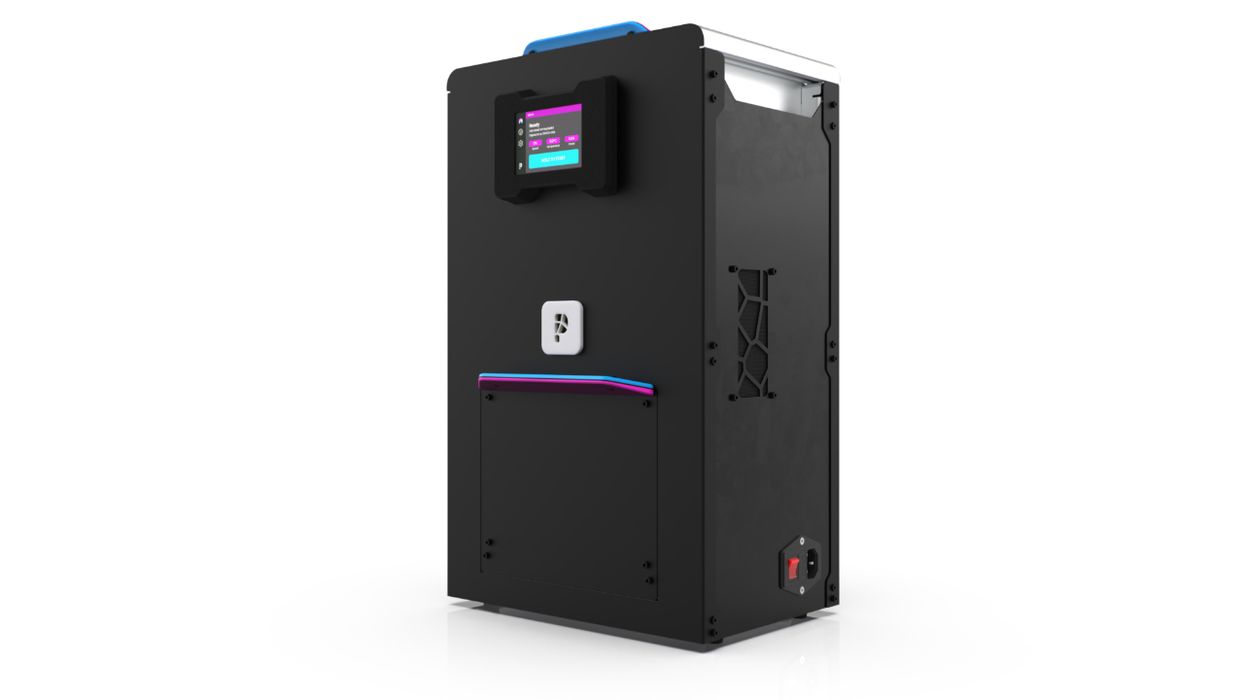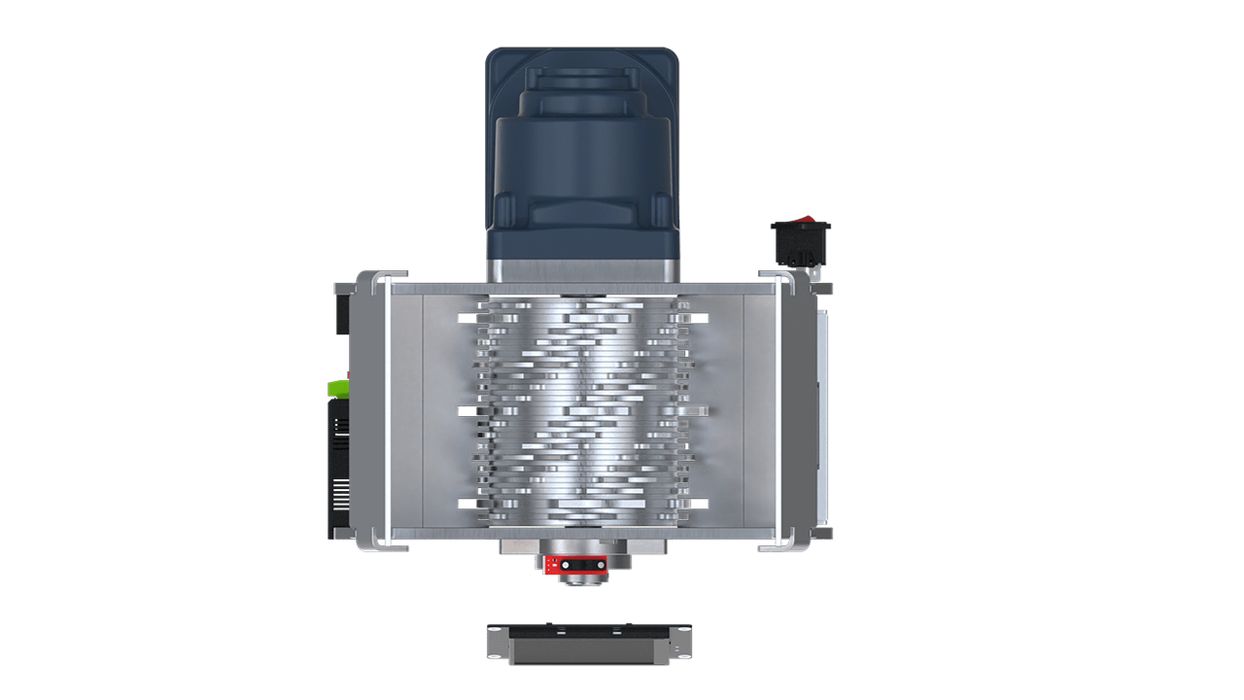
I’m looking at a pair of new plastic shredders from Polystruder.
Shredding? What’s that all about? Shredding is a critical step in the plastic recycling process, which has been gaining attention over the past few years.
All FFF 3D printers use thermoplastics, which are plastics that soften when heated, and re-solidify when cooled. That’s what’s happening in the hot end of FFF 3D printers during printing. It’s also what happens when the filament is produced: extrusion through a hot nozzle and then collected on a spool.
The process of filament recycling seems obvious, yet it is quite challenging. The extrusion part is straightforward: you need an auger pushing plastic bits into a heated nozzle, and a take-up spool. However, the details are vastly more complex.
Speeds, temperatures and humidity must be very precisely controlled in order to produce usable and quality 3D printer filament. This is why most desktop filament production systems fail miserably, and also why quality filament production usually requires a rather large equipment setup that includes temperature-controlled water baths, drying chambers and much more.
But the input to that process is plastic bits. These are usually obtained from resin manufacturers as pellets in pallet-sized boxes.
Back to recycling: instead of pellets, the idea is to use previously printed plastic, collected as waste.
The problem is that 3D printer waste is typically huge chunks of material, larger than pellets. These must be broken down into smaller pieces.
That’s done with a shredder. These are devices similar to paper shredders, but far more robust to handle the materials.
There are plenty of simple shredding devices on the market, and they typically have a rotating blade system that chops up the input material.
Why would you need anything more than that? It’s because of the nature of the subsequent extrusion process. As I mentioned, these filament production lines have to be very precisely tuned in order to produce usable filament.
That means that the input material has to be highly consistent. Remember, original source filament is made from factory pellets, which are all a uniform size and geometry. Once the forces are set on the extrusion gear, there are few worries because of the consistencies of the input pellets.
That doesn’t always happen with simple shredders. While the shredder might guarantee that no particle is greater than a specific dimension, the plastic shreds are going to be mixed in size and geometry.
That’s where Polystruder’s smart shredders come in. They have advanced features that can produce highly consistent bits, suitable for many uses, including filament extrusion.
The Los Angeles-based company developed a line of desktop filament extruders during the pandemic, and now complements them with a line of smart shredders.
Their new Polystruder GR PRO is billed as the “most advanced desktop class plastic shredder”. It’s powered by what Polystruder has named “ShredAI” technology.

ShredAI works by using a series of sensors on the device, combined with machine learning algorithms. The goal is to produce the highest quality shreds possible for subsequent filament extrusion. This is done by dynamically adjusting the motor speed and power during operations based on detected material hardness.
Polystruder explains:
“Polystruder GR PRO is the only plastic shredder with machine learning for 3D printing that utilizes ShredAI, a unique in-house developed shredding algorithm which detects the material properties to adjust motor speed and power automatically in realtime.
This cutting-edge technology represents the initial phase of our 3D printing filament maker system, dedicated to transforming waste plastic into high-quality 3D printing filament.
It is so compact and not bigger than a regular paper shredder, suitable for laboratories, research workspaces, and educational institutions.”
The result is a shredder that can competently handle a wide variety of input materials, possibly even carbon fiber-reinforced materials. It can do so at the rate of 5kg per hour, producing plenty of bits from which to make new filament.

In this image you can see a pile of bits that was reprocessed three times. The resulting bits are basically the same size as factory pellets, making them an ideal source for extrusion. In addition, Polystruder said no sifting is required after shredding.
This could be the best shredder ever designed.
Via Polystruder
